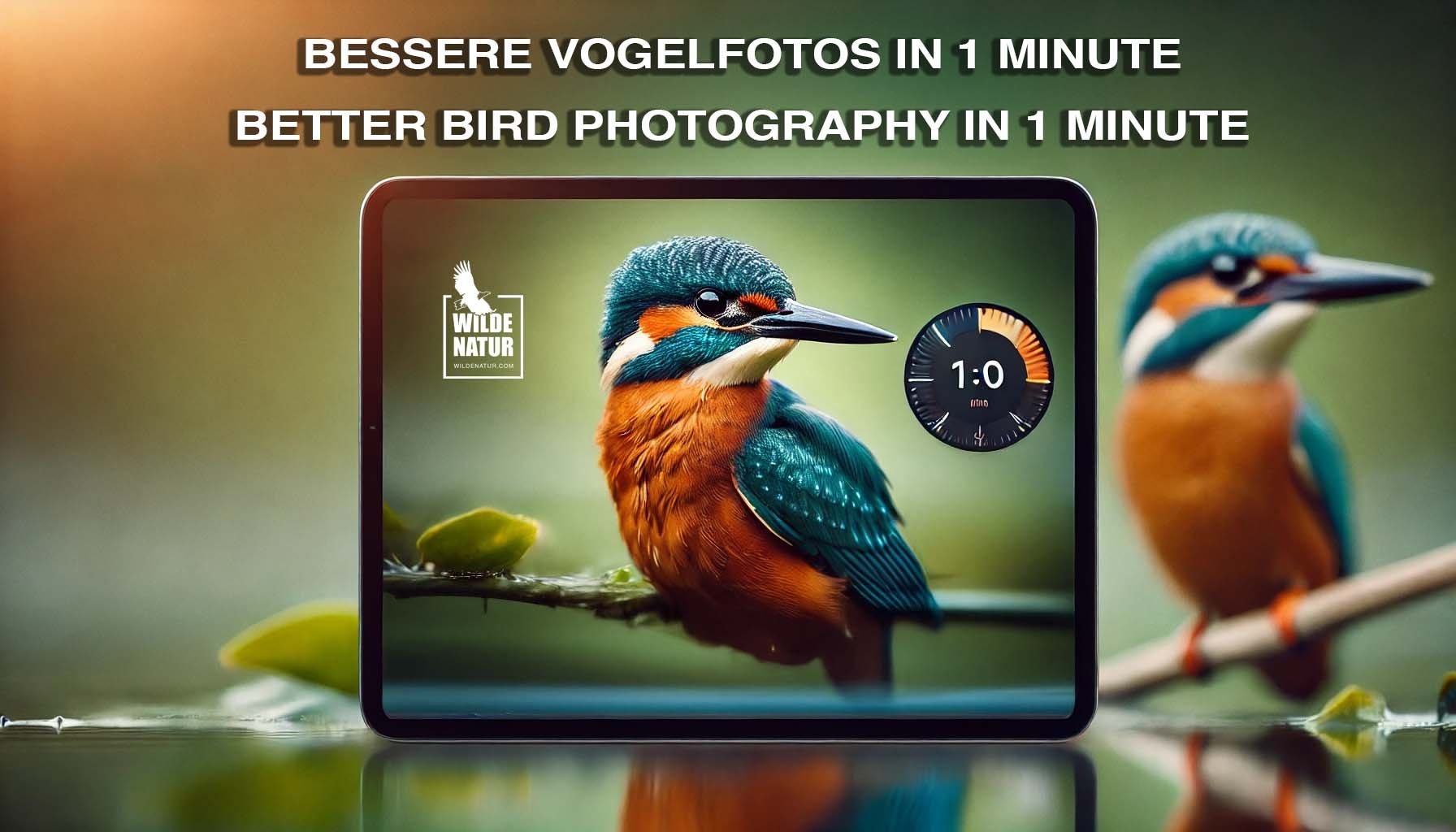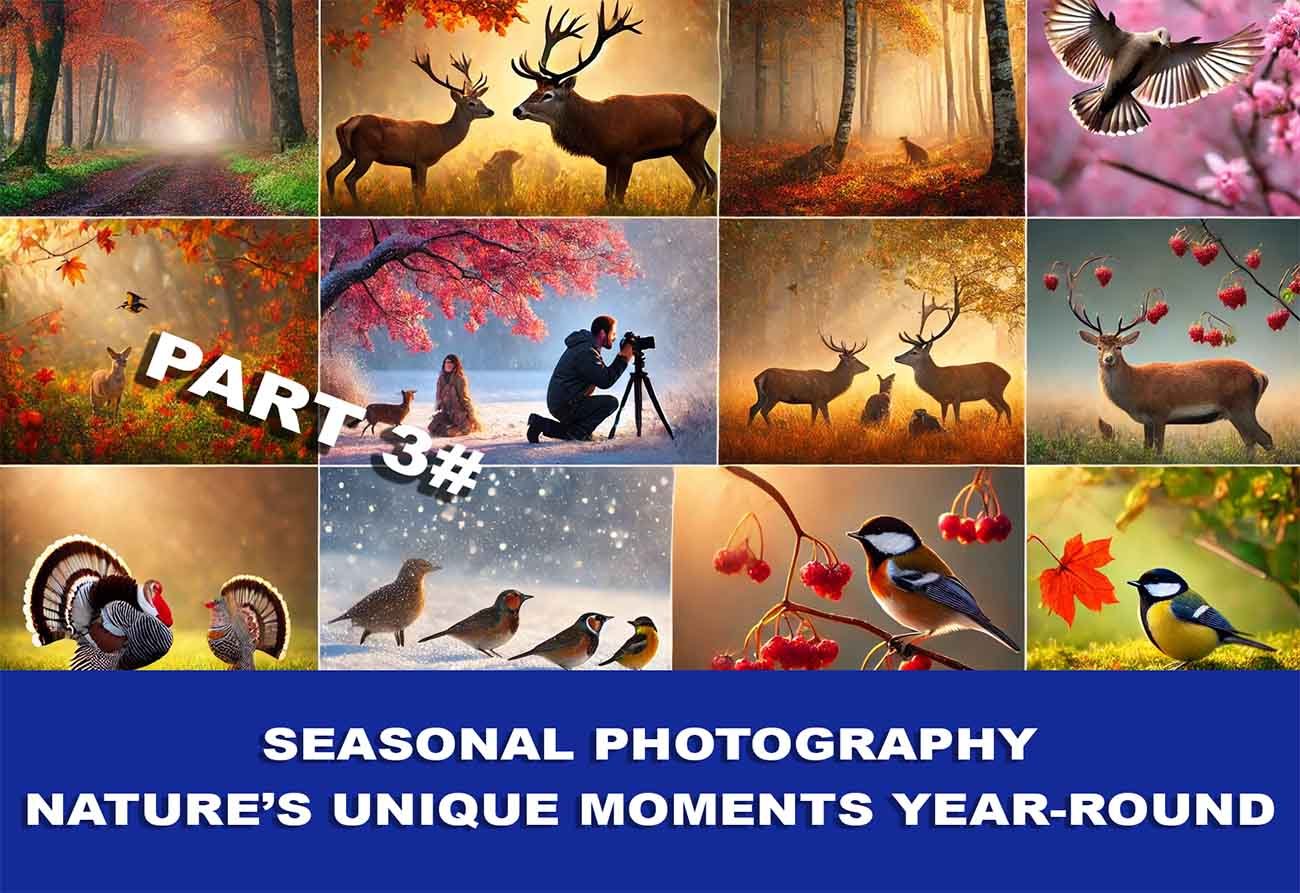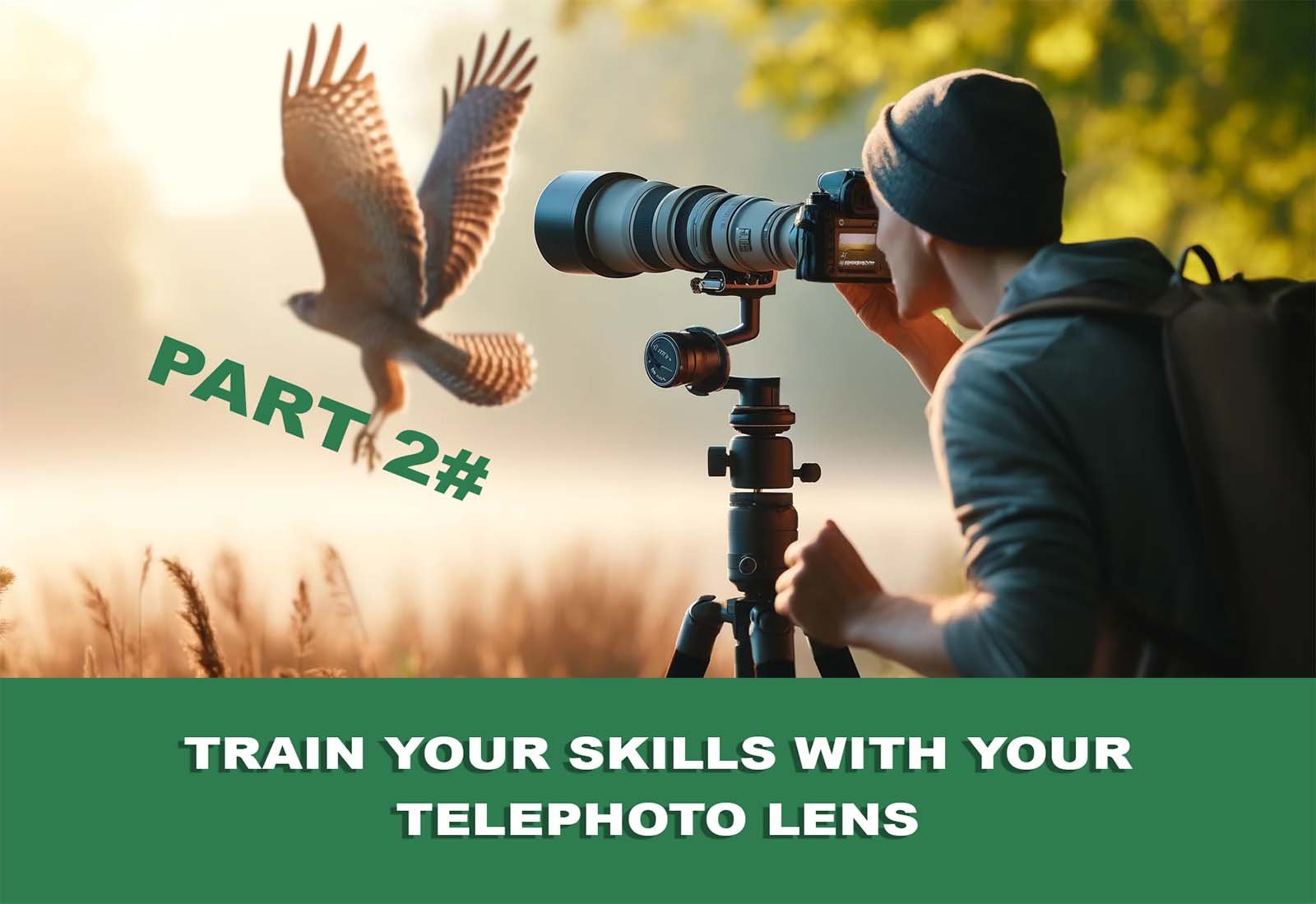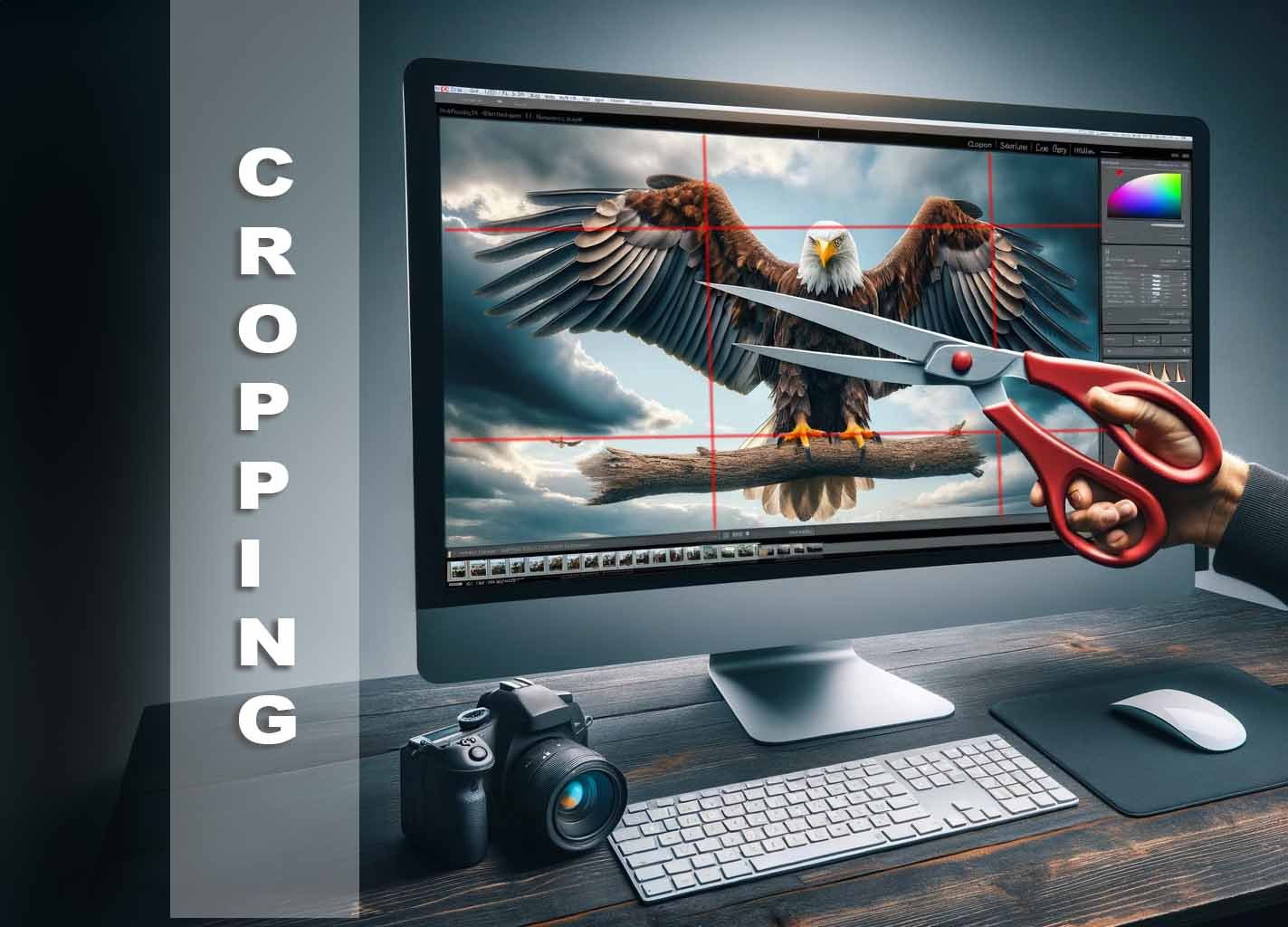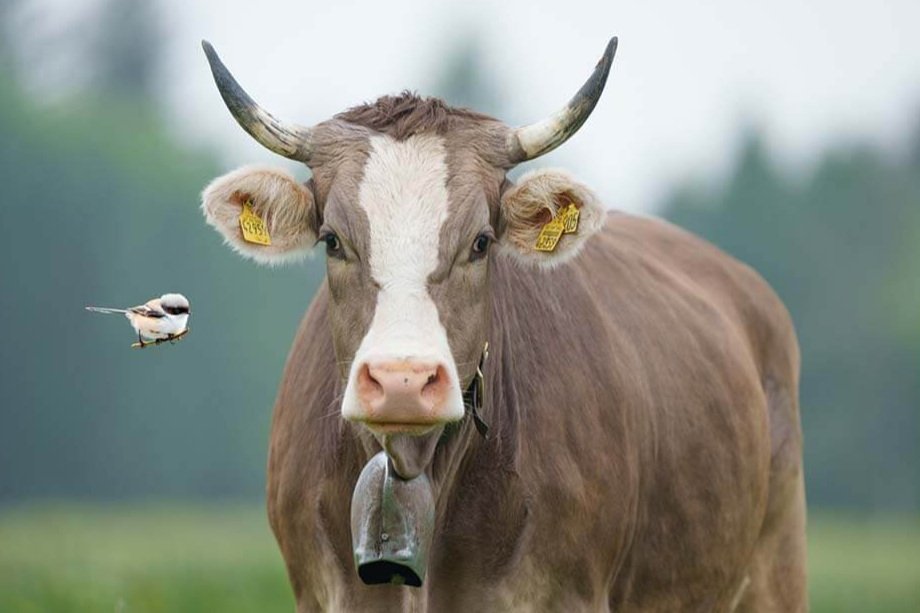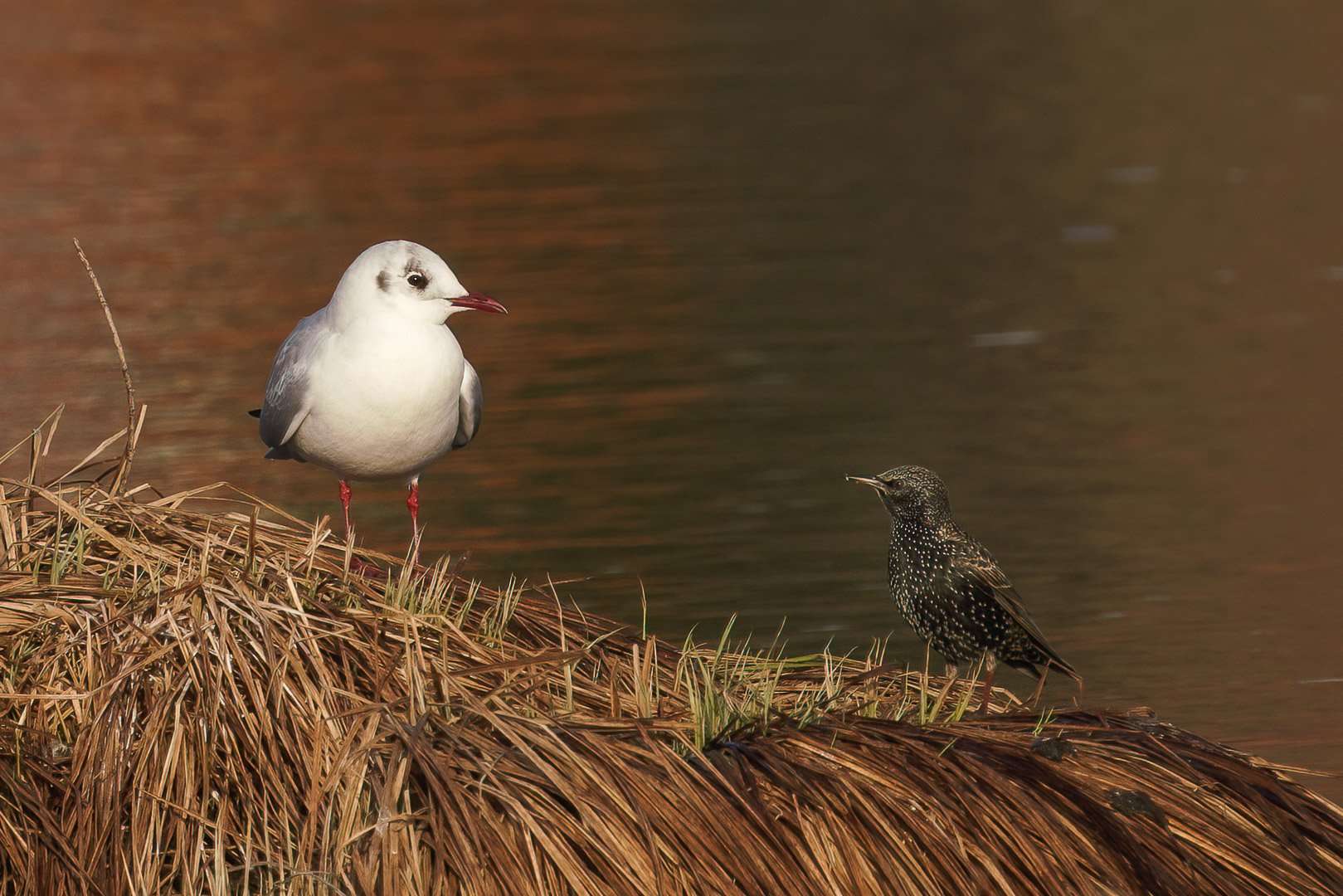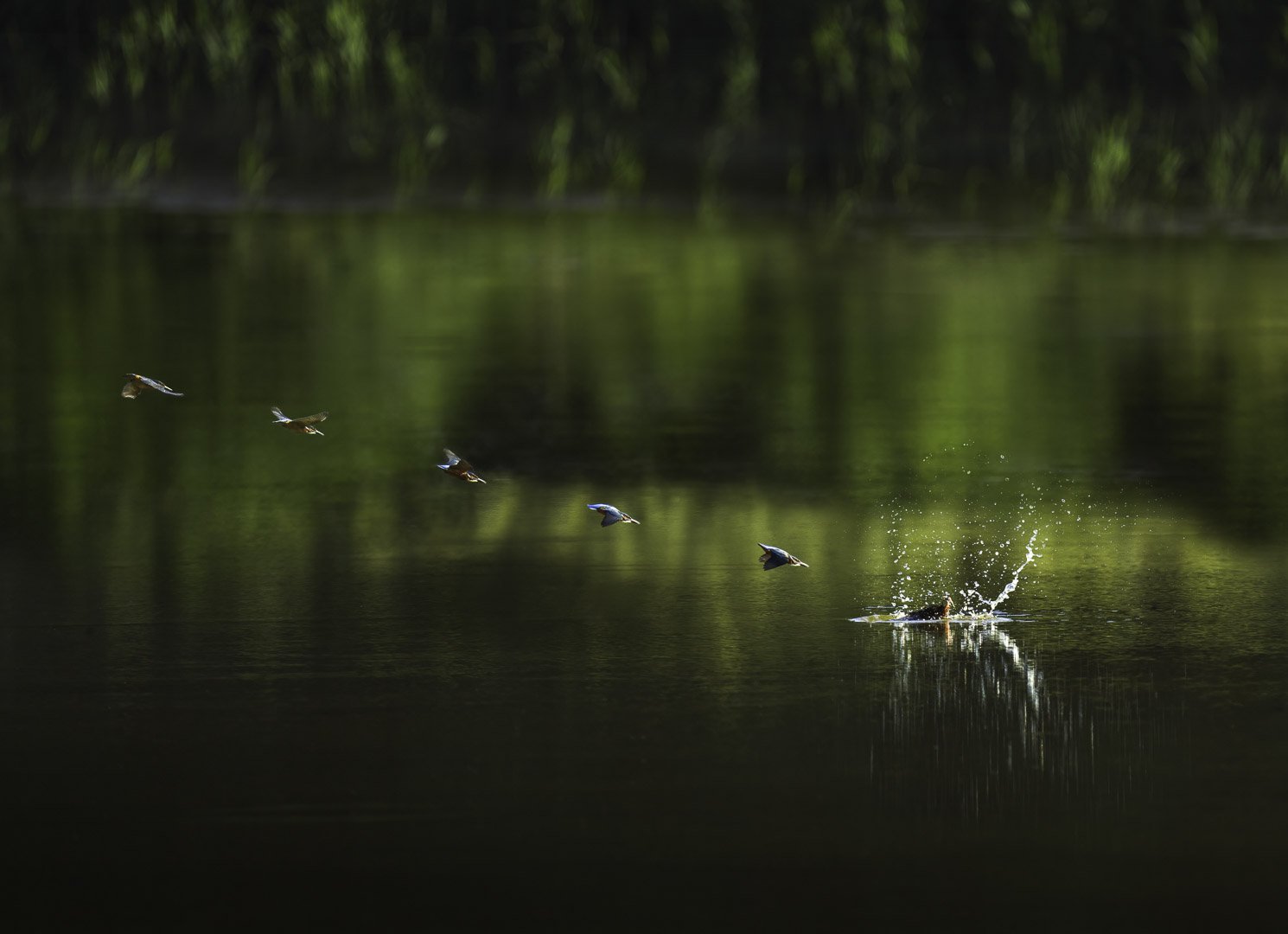Birds in Flight (BIF) – Capturing Birds in Flight
BIF stands for "Birds in Flight." It refers to the photography or observation of birds while they are flying. This can be challenging because birds typically fly quickly and often move in unpredictable patterns. BIF photography often requires specialized equipment such as fast camera and autofocus settings, as well as the experience and skill of the photographer. However, it is a fascinating way to observe and document birds in their natural environment.
Tern in flight with a fish in its beak against a blurred green background.
Key Facts: What You Should Know About Birds in Flight (BIF)
- Definition: "Birds in Flight" (BIF) refers to photographing birds while they are flying.
- Challenge: Birds move quickly and often unpredictably.
- Technique: Proper camera settings and precise autofocus are essential.
- Fascination: A thrilling way to document birds in their natural habitat.
- Equipment: Ideal are fast lenses and cameras with a high continuous shooting rate.
Table of Contents
- Introduction: Why Is Birds in Flight Photography So Special?
- Technique and Equipment for BIF Photography
- Tips: How to Take Perfect BIF Shots
- Challenges and How to Overcome Them
- FAQ: Common Questions About Birds in Flight
- Shortlist – Color Features:
Introduction: Why Is Birds in Flight Photography So Special?
Osprey in flight with a fish in its talons, surrounded by fine rain.
Photographing or observing birds in flight is a fascinating challenge. It combines technical skill, patience, and a keen eye for the perfect moment. The flight of a bird is full of grace, speed, and dynamism – and this is what makes "Birds in Flight" so exciting.
This type of photography captures the beauty and elegance of birds. At the same time, it deepens your understanding of their behavior and movement patterns. For nature lovers, bird enthusiasts, and photographers alike, BIF is a true highlight.
Technique and Equipment for BIF Photography
The right technique and equipment are crucial for successfully photographing birds in flight. Here are the key aspects:
1. Camera Settings
- Shutter Speed: Use a fast shutter speed, e.g., 1/2000 seconds, to freeze motion.
- Autofocus: Choose continuous autofocus (AF-C) to keep the subject sharp.
- ISO: Increase the ISO if the light is low, but watch out for noise.
2. Lenses
- Use telephoto lenses with a focal length of at least 300 mm to capture distant birds.
- Fast lenses (e.g., f/2.8) allow for shooting in low-light conditions.
3. Equipment
- A tripod or monopod with a gimbal head makes tracking birds easier.
- A fast memory card is essential for saving burst shots quickly.
Tips: How to Take Perfect BIF Shots
EZO Fish Owl / Blakiston's Fish Owl in flight with a fish in its beak against a black background, bright eyes in focus.
1. Choose the Right Time of Day
- Early morning or late afternoon offers softer light, and birds are often more active.
2. Learn Bird Behavior
- Observe flight patterns, preferred areas, and takeoff/landing spots. This knowledge helps you anticipate the perfect moment.
3. Keep the Camera Steady
- Follow the bird with smooth movements and keep the camera stable to avoid blurring.
4. Use the Sky as a Background
- A clear or slightly cloudy sky makes the bird stand out prominently.
5. Be Patient
- Perfect BIF shots take time. Stay calm and focused, even if the first attempts don’t work out.
Challenges and How to Overcome Them
1. Fast Movements
- Solution: Use a high burst rate and continuous autofocus.
2. Busy Backgrounds
- Solution: Manually focus or choose an open area with a clear sky.
3. Low Light
- Solution: Use fast lenses and increase the ISO.
4. Sudden Direction Changes
- Solution: Practice panning and focus on smooth camera movements.
5. Distant Birds
- Solution: A telephoto lens with at least 400 mm focal length helps capture distant birds in detail.
FAQ: Common Questions About Birds in Flight
1. What is the best camera for BIF photography?
A camera with fast autofocus performance and a high burst rate is ideal.
2. Do I need a special lens?
A telephoto lens with at least 300 mm focal length is recommended.
3. When is the best time for BIF photography?
Early morning or late afternoon when the light is soft and birds are more active.
4. How can I freeze fast movements?
Use a fast shutter speed (e.g., 1/2000 seconds) and continuous autofocus.
5. How do I avoid blurry shots?
Keep the camera steady, practice panning, and use a fast shutter speed.
Shortlist – Color Features:
- Sky: Clear blue or slightly cloudy backgrounds create contrast.
- Motion: Sharp bird details combined with natural flight patterns.
- Colors: The bird’s natural colors stand out against the sky.
- Dynamism: Smooth motions captured in a frozen moment.
- Contrast: Birds are clearly distinguished from the background.




